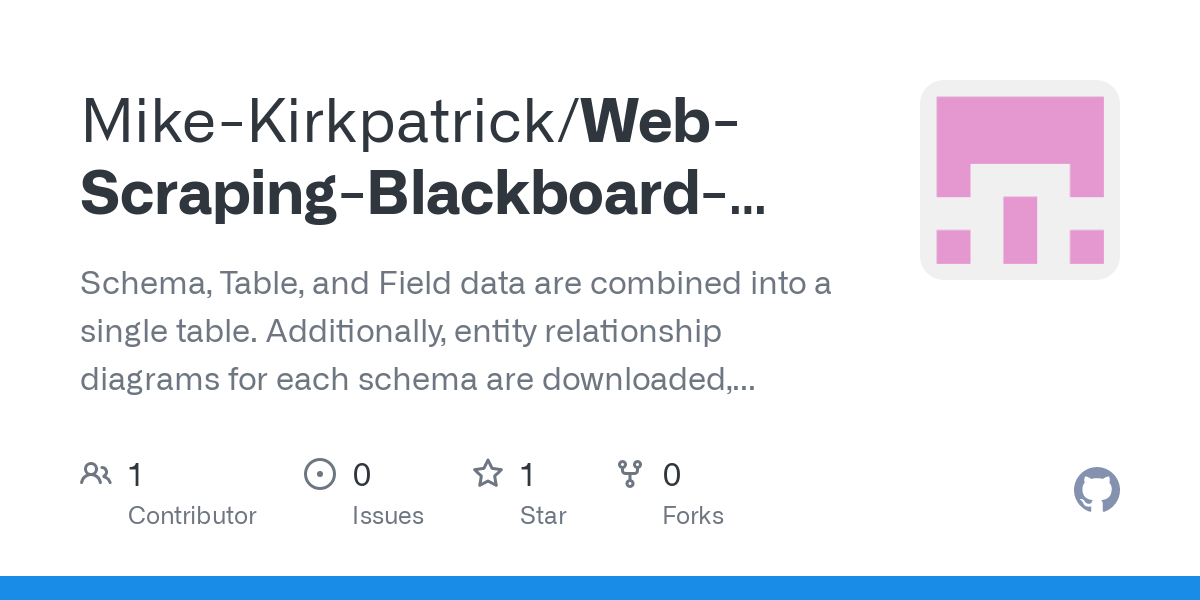
Alaskans may need to apply for a state decree to obtain property titles. The state law is complex, so there are many forms that can be used for every situation. By using online tools, you can locate deeds for Alaska property and get them quickly. These tools make it easy to locate Alaska property deeds and get them quickly. They can also help you create legally binding papers. These questions and answers will help you prepare an Alaskan deed.
Common questions
The Alaska deed, a legal document between a borrower (or trustee) and a borrower, is what you need to do. The document states that the borrower must pay the trustee a loan amount. However, the trustee will retain the title until the loan is paid in its entirety. The title acts as collateral to the loan. When the loan amount is paid in full, the trustor becomes the legal owner of the property. There are however rules regarding multiple owner deeds and spousal deeds.
Required forms
In the State of Alaska, deed forms must be recorded according to state laws. The margins for the form must be two inches on the top and bottom pages, and one inch on all the other pages. It may be necessary to indicate the address of the parties and their marital status. This article provides additional information about the deed forms required. These documents, which are legally binding, transfer title to the new property owner.

State content standards
The State Department of Education adopted a set of academic guidelines for deeds, and other real property transactions. These standards will be applicable to Alaskan deeds. The Department maintains standards to protect Alaska's Native Cultures in addition these academic standards. Alaska's standard are intended to be used throughout the state. However they may not always address particular needs or difficulties faced by rural Alaskans or other indigenous groups.
School designations
Alaska has several school designations. Some schools qualify for targeted support while others are designated as universal. Schools that receive targeted support must meet certain criteria and make significant improvements to the Alaska school system. In some cases, schools will receive grants totaling up to $25,000 to improve their performance. There are also other programs that the state offers to assist schools in financial need. Learn more about each type of designation to make sure your child gets the best education possible.
eLearning courses
DEED created a virtual school across the state, along with technical assistance, to assist school districts in their efforts to get started. Online learning has already been adopted in 32 districts. Another 25 school districts are also on the waiting list to implement online education. DEED's eLearning courses were created to assist educators in meeting the diverse needs of students. These courses are available to students from any place with an Internet connection.
Technical assistance
DEED, the Department of Education, is asking for public input in order to establish new standards for English Language Arts education and mathematics education in Alaska. The goal of the program is to increase student achievement by providing educational enrichment and out-of-school-time academic assistance. While the deadline for applications has been extended to May 15th, there are still chances to participate. The webinar will introduce the program and cover the income survey. Don't miss this chance to learn more about grant applications if you haven't applied before.

New assessment system
DEED is currently developing a new assessment method for Alaska's deeds. The new system will help reduce overall testing and maximize the value of summative assessments. The assessments are funded by the Department of Education, which contributes $3.5 million annually. The remainder will be covered by state funds. Six applicants competed for the job. DRC is located in Maple Grove (Minn.) and competed against Measured Progress. Pearson, Questar and Measurement Inc.
FAQ
What are the advantages of e-learning for students and teachers?
E-learning provides both students with better learning outcomes and teachers with more flexibility. E-learning also makes it possible for learners to access information from any location and at any time. E-learning empowers educators to connect with their students using technology in a way that was not possible previously.
E-learning gives teachers the ability to provide personalized instruction and support students' progress. This results in increased engagement and motivation among students. Teachers can also use e-learning for communication, collaboration, as well as critical thinking skills. They can also make use of it to enhance their teaching practice by offering the possibility for self-reflection as well as reflection on the experiences made by others.
E-learning helps to reduce costs associated with training. In order to train students about a topic, teachers will need to purchase materials and books. However, the same material may be available online so there's no need to buy it.
What does eLearning mean?
E-learning is time-consuming. It also requires an understanding of how people learn. Learners should have a clear understanding of what they want from their learning experience.
The content must be interesting and relevant. Visual aids like images, animations, videos, and interactive elements should be included in learning materials.
Engaging and enjoyable e-learning should be possible. It should put a lot of emphasis on motivating learners. This includes giving feedback and encouraging learners who work hard to achieve their goals.
What equipment is needed to do eLearning effectively?
When you begin an online course, the most important thing is to make sure everything is set up properly on your computer. Adobe Captivate, as well as a microphone and webcam, will likely be what you need.
You must also make sure that you have the correct software installed. This includes Microsoft Office Word Excel PowerPoint, Adobe Acrobat Reader Flash Player Java Runtime Environment QuickTime 7 or Shockwave Flash 10.0.
You may also want to consider using a screen capture program such as Camtasia Studio from TechSmith. It allows you to record what is happening on your computer screen while you are working.
The final step is to download a web conference tool like WebEx, or GoToMeeting. These programs let you connect with others who are viewing the same presentation simultaneously. They allow you to share your computer with others.
What is eLearning?
E-learning can be used to learn online for individuals, institutions, and organizations. It is a way of delivering information and instruction over electronic media such as computers, mobile devices, and other digital technologies.
The term "e" is used because this type of learning uses technology to deliver content rather than physical materials.
E-learning is not confined to traditional classroom settings but may also take place at home, on the road, or anywhere else where people have access to the Internet.
What should an eLearning program look like?
Your eLearning course design should encourage learners to interact with the material.
This means that it is important to make the design easy to navigate and to clearly present the content.
This means that the content should be entertaining and informative.
These requirements must be met in your eLearning course. Here are three things you should focus on:
Content
First, decide what content you want in your eLearning course. It is important to determine how long each part of the course should be. For example, if your goal is to teach someone how writing letters, then you should decide how much time to devote to each topic.
Navigation
The second crucial decision is how you want your learners navigate through your course. Do you want them scrolling through all pages at once? Or would you prefer them to go directly to certain parts of the course?
Design
You must decide how you want the course to look. This includes deciding how long each screen will take to load and how big the font size should be. Also, you will need to decide if graphics are desired (e.g. pictures).
After you've made these important decisions, it is time to test your plan to make sure it works.
Statistics
- India's PC market clocks 9.2% growth to 3.4 million units in the September quarter (economictimes.indiatimes.com)
- According to ATD's 2021 State of the Industry report, technology-based learning methods, including e-learning, accounted for 80 percent of learning hours used in 2020. (td.org)
- However, e-learning courses that are engaging, well-designed, and interesting are likely to be perceived as useful by e-learners (Roca & Gagné, 2008). (sciencedirect.com)
- E-learning is intended to enhance individual-level performance, and therefore intend to use of e-learning should be predicted by a learner's preference for self-enhancement (Veiga, Floyd, & Dechant, 2001). (sciencedirect.com)
External Links
How To
How does eLearning differ to traditional teaching methods like the classroom?
eLearning is a well-known technology. Many schools still teach the old-fashioned way. However, eLearning is a better option than traditional methods of teaching. Here are some examples.
-
E-learning can be cheaper than traditional teaching methods.
-
Students can attend classes at their own pace.
-
Teachers don't have as much pressure to get students up and running before class begins.
-
Teachers can create multiple versions of the course to teach slightly different concepts.
-
Learning can be done through chat rooms or discussion boards. Learners can also interact with one other and ask questions.
-
Assignments and projects can be completed together by learners.
-
Viewing videos and presentations can be done in the classroom by students.
-
Online courses are available 24 hours a day, 7 days a week.
-
Learners can study wherever they are, at any time.
-
Lessons can be reviewed at any time by learners.
-
All the progress made by learners can be tracked throughout the year.
-
Learners get instant feedback on how they perform.
-
Students can work at their own pace on assignments and projects. They can submit them later if necessary.
-
Learners can access files that include images, notes and other materials.
-
Students can print out copies of assignments and handouts.
-
Learners can save money by buying books and supplies once instead of every term.
-
Learners can learn more effectively when studying alone.
-
Learners may collaborate with other learners learning the same subject.
-
Learners can collaborate and share ideas and information.
-
Learning can be done through blogs and articles.
-
You can search the Internet for solutions to your specific problems.
-
Learners can create their content.
-
Learners can receive help from tutors and peers.
-
Learners can make friends with other people who have the same interests.
-
Learners can improve their writing skills.
-
Learners can learn how to solve problems creatively.
-
You can learn public speaking.